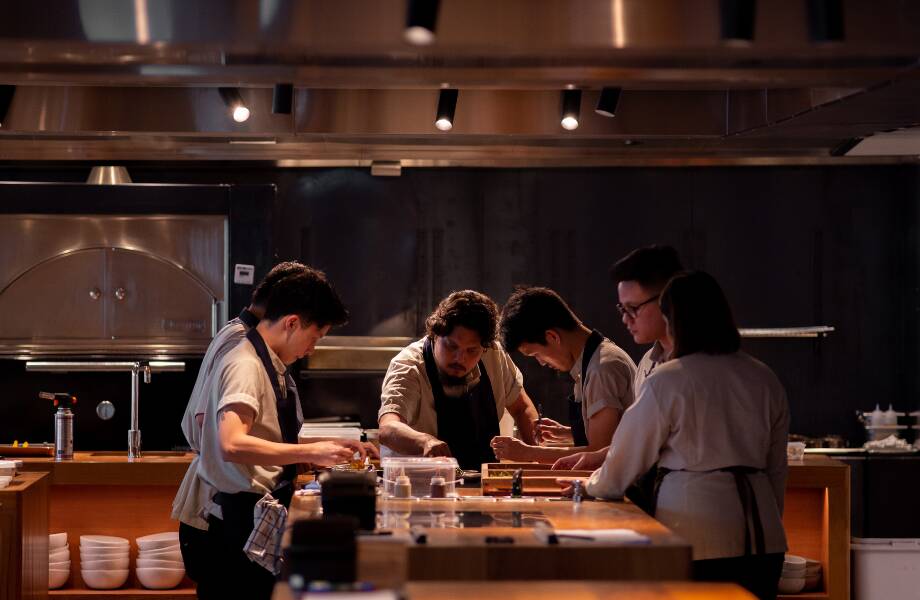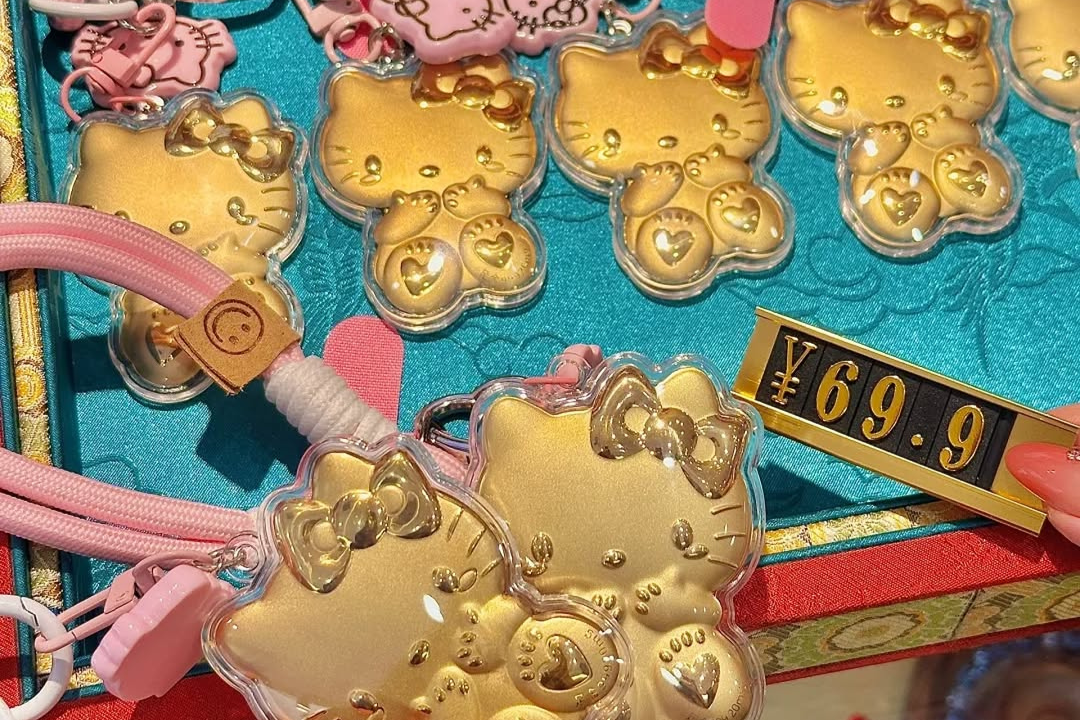Chinese Takeout is a bite-sized, monthly RADII feature that examines Chinese food from the inside out, by disentangling the (hi)stories behind a single dish or restaurant. Write to us if you have a suggestion or submission.
Some people have glibly called it the “Chinese burger.” But roujiamo (肉夹馍), a food originating in northern China’s Shaanxi province, is worlds apart from what you’d order at Burger King — and has a far longer 2,000 year old history.
At its best, the simple meat-filled pastry is a thing of beauty — a soft yet chewy bun stuffed with minced braised pork. But in one Shaanxi restaurant, the most striking thing about this bun might be that the broth used to braise the meat filling is older than some of its diners.
Like other parts of Shaanxi, the city of Xianyang has no shortage of options when it comes to roujiamo. Located a few kilometers away from Xi’an — Shaanxi’s capital and home to the world-famous Terracotta Warriors — Xianyang, like Xi’an, was a stop along the historic Silk Route trade route.
Among a sea of tough competition, many Xianyang locals declare that the eatery Lijiarongxi (李家荣喜) is the best roujiamo place in town, centered on one specialty since its founding 27 years ago.

Inside the eatery (image: courtesy Lijiarongxi)
The success of the restaurant is largely thanks to the broth used to slow-cook its meat stuffing.
Now, this may shock some diners — but owners claim that the same bowl of broth has been simmering on the stove since the founder, Mr. Li, first brewed it 27 years ago. This has been the game changer for this bistro’s success, according to Tan Junjie, a representative from Lijiarongxi.
In fact, most reputable eateries have an exclusive heritage recipe for their broth that often dates back to decades ago. The broth in one of Xi’an’s best-known roujiamo eateries, Fanji Roujiamo (樊记腊汁肉夹馍), is believed to be more than 80 years old.
“We add more ingredients each day to strengthen the flavor, but it’s basically the same as what we were serving more than two decades ago,” explains Tan. While chefs don’t want people to know the secret ingredients of their soup, some online recipes prescribe a slew of different herbs commonly used in traditional Chinese medicine, including ginger, anise, fennel, and licorice.
Related:
 Chinese Takeout: Is This Chengdu’s Greatest Street Food?At Yan Taipo Guokui, expect drool-worthy pita-like pockets filled with everything from pig snout to “wood ear” fungiArticle Nov 14, 2019
Chinese Takeout: Is This Chengdu’s Greatest Street Food?At Yan Taipo Guokui, expect drool-worthy pita-like pockets filled with everything from pig snout to “wood ear” fungiArticle Nov 14, 2019
A user on Meituan, China’s leading ecommerce platform for dining-in and food delivery, gushes: “[The bun is] thin but not loose. [The meat is] lean but not dried up, fatty but not greasy […] The sauce melts to the bun, and its aroma is really pleasant.” “It’s the best roujiamo I’ve ever tried,” reads another.
You might devour the bun in a number of seconds, but like all good things, the best iterations of this dish take time to make. Lijiarongxi opens at the crack of dawn — 5:30 AM — but its meat filling is usually prepared a day ahead. Chefs slow-boil the pork in its decades-old broth for five hours and let it sit overnight, making the meat more tender the next morning.
Such tenderly cooked meat is what lends this dish the nickname “lao han xi” (老汉喜) in Xianyang, which literally means “to make an old man happy.” That’s because the best roujiamo filling is so soft that it should melt in your mouth without having to chew it — assuming the elderly diner in question doesn’t have a perfect set of teeth.

Roujiamo is part of Shaanxi’s long standing tradition of eating wheat-based products. After all, this is the region most famous for its noodles — particularly its oil-spilt (油泼面) and biang biang noodles — as well as pita-like bread soaked in lamb soup (羊肉泡馍). Shaanxi food tends to be salty, spicy, and meat-heavy — qualities it shares with most northern Chinese cuisines.
Related:
 Mian’splained: An Illustrated Guide to Chinese Noodles, Part OneFrom flour to rice, savor our primer on some of the most popular types of Chinese noodlesArticle Apr 09, 2020
Mian’splained: An Illustrated Guide to Chinese Noodles, Part OneFrom flour to rice, savor our primer on some of the most popular types of Chinese noodlesArticle Apr 09, 2020
It’s also worth noting that like most types of regional Chinese food, roujiamo varies depending on the city and community. Buns come baked or pan-fried, and for the meat patties, Muslim communities in Shaanxi often use beef, while people in Ningxia usually opt for lamb.
Individual roujiamo at this eatery are sold for only 7RMB (around 1USD) a pop, but you’ll still have to wait in a long line, especially during peak hours. For the not-so-patient, as China’s dining industry has increasingly embraced food delivery, especially in the wake of Covid-19, diners in the area can now place an order online. Tan says that their ratio of dining in to takeout is now six to one, with around 150 delivery orders daily.
A word of advice: roujiamo is usually reserved for breakfast, and not necessarily as a meal in itself. To guarantee a fully authentic experience, do as the locals do: alongside a must-order roujiamo, eaters will help themselves to a bowl of red bean or millet porridge and a dish of mixed cold vegetables — a local’s way of starting the morning right.
All images unless otherwise stated: Zhu Mengge
















